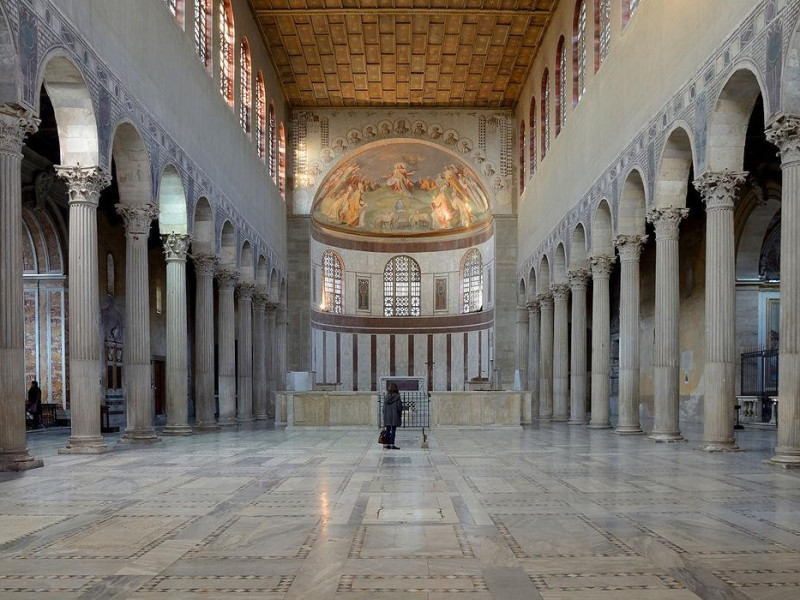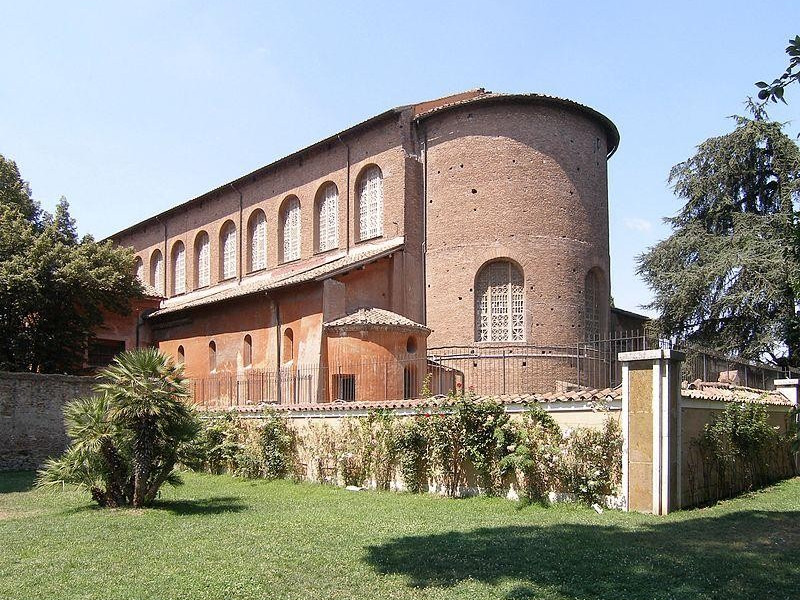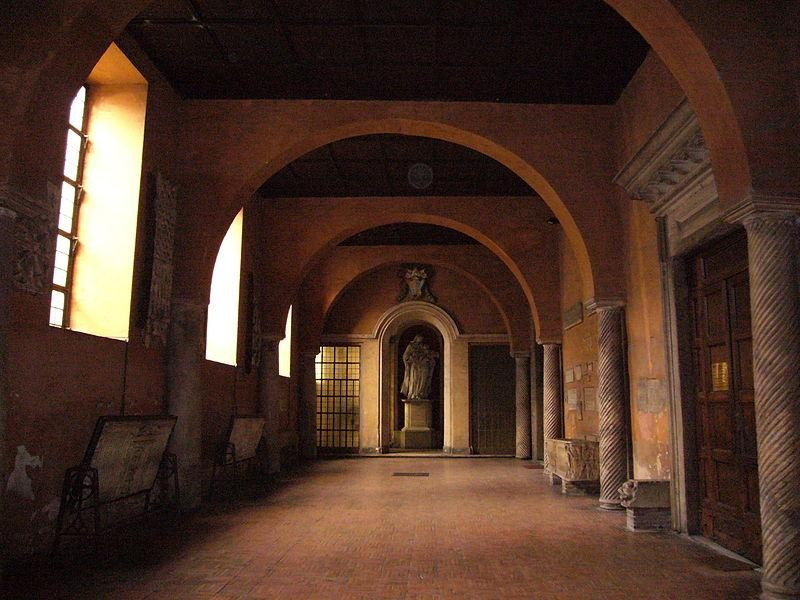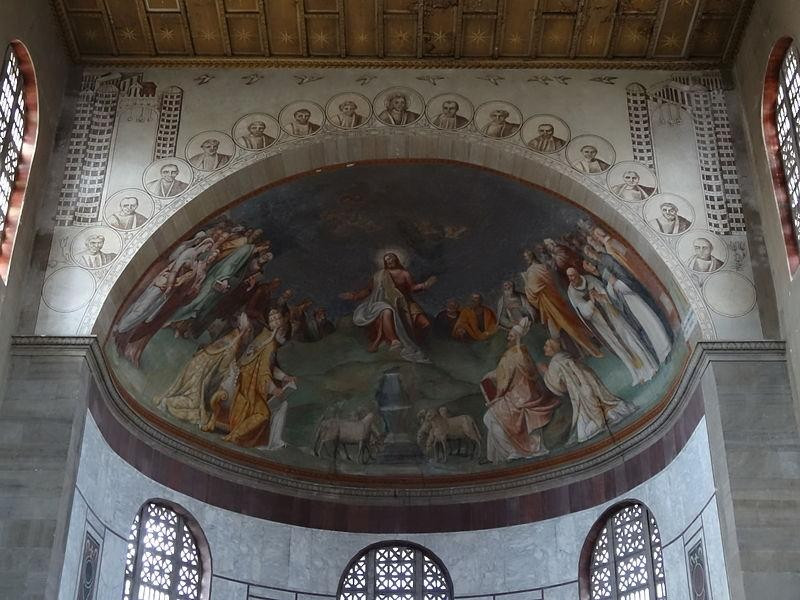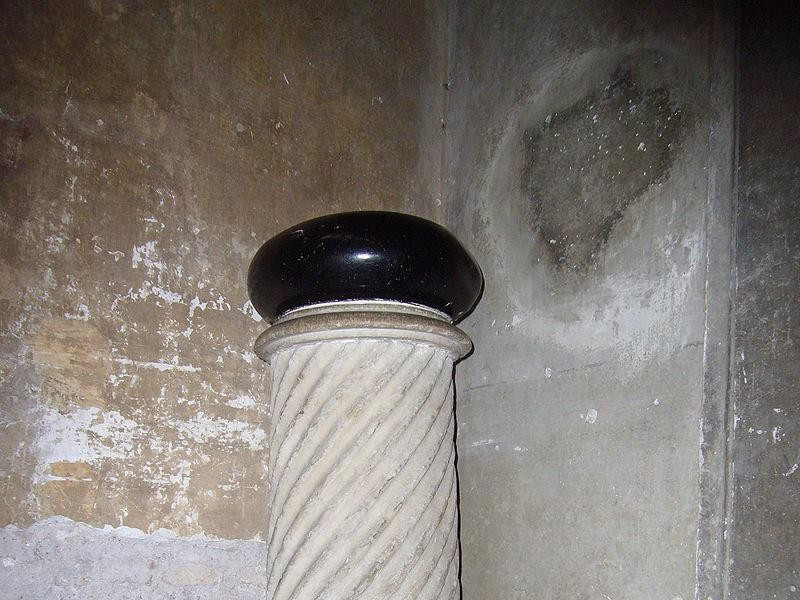Basilica di Santa Sabina
Built in the fifth century over the tomb of St. Sabina, it is one of the best preserved early Christian churches. In the ninth century, the structure was incorporated into the imperial ramparts and the inside radically changed, until the restoration by Domenico Fontana (1587) and Francesco Borromini (1643). The Bell Tower was built in the tenth century and rebuilt in the Baroque period. In 1219, the Church was entrusted to Dominic of Guzmán and his Order. The Cloister is a sweet orange tree which, according to tradition, was planted in 1220 by the same Domenico, who lived and worked here, and has a Chapel. The orange tree, visible through a hole in the wall, is considered miraculous because, after centuries, has continued to bear fruit even after dried. Dominic is always linked to the legend of the black stone over the spiral column on the left of the entrance, called Lapis Diaboli, "Devil Stone" because, according to the legend, would have been thrown by the Devil against the Saint. The Church is no facade, incorporated in the lobby that follows the plant of the ancient narthex. The main entrance is closed by a door dating from the fifth century, which is the oldest example of early Christian wooden sculpture, work by two artists: one of Hellenistic-classic inspiration, the other inspired by Late Antiquity. The interior has a Basilica plant with three naves, divided by columns from a late-Imperial monument, and a large semicircular apse. Remakes of Baroque remain the two side quadrangular chapels covered by dome, dedicated to St. Hyacinth and St. Catherine of Siena. The upper part of the nave, with a modern coffered ceiling (1938), was once covered with mosaics. Near the presbytery there is the Schola Cantorum, rebuilt in 1936 on the inspiration of the original early Christian. In the apse, there is a fresco of 1560 by Taddeo Zuccari depicting "Jesus, the Apostles and Saints" buried in the Basilica. Under the Church they were carried out various excavations that have unearthed a section of the Servian Wall and numerous buildings.
